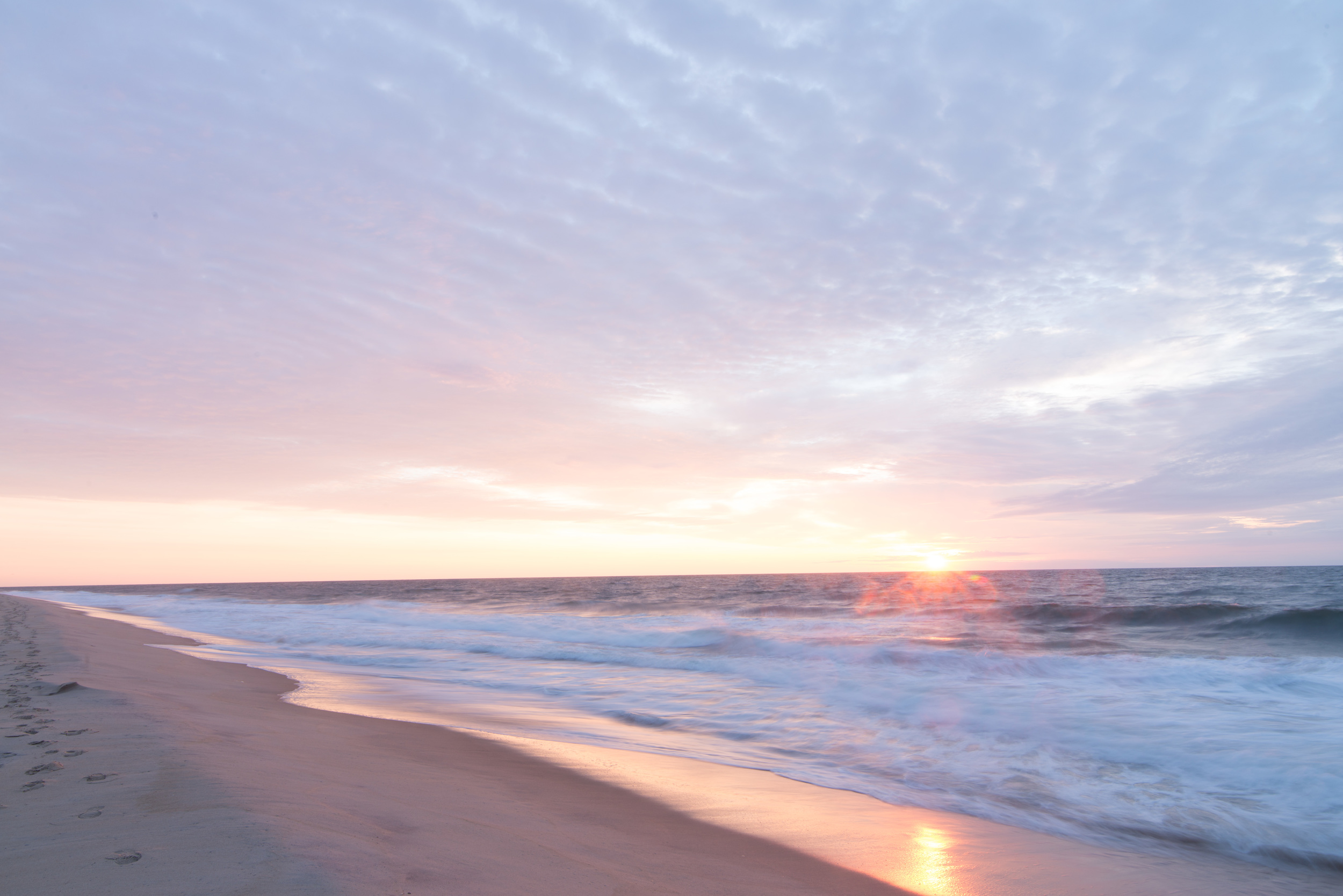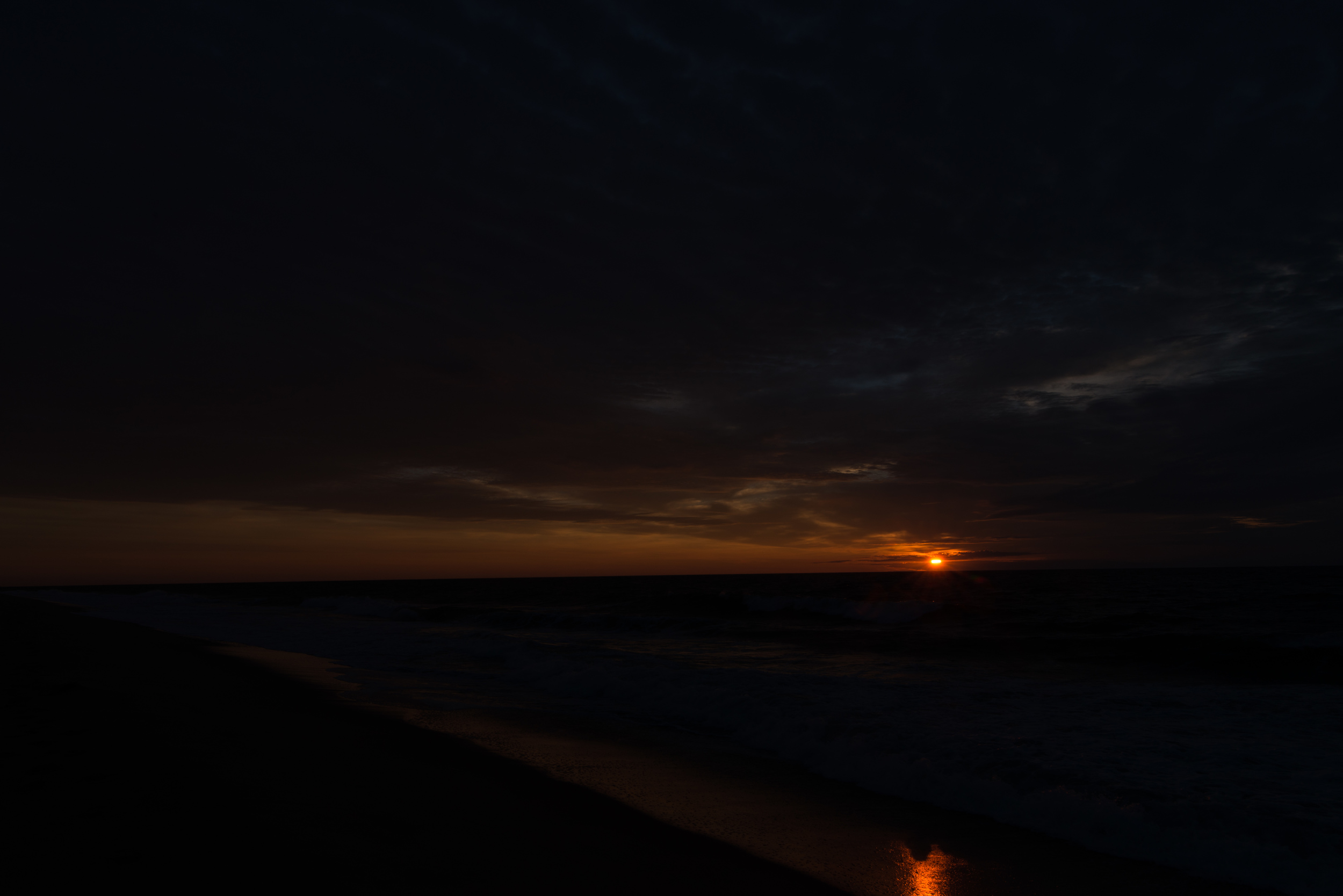Last week I wrote about the difficulty of capturing the enormous dynamic range of a sunrise. In case you missed it click here. At the end of the article I mentioned another way to recreate this daily celestial event through photography, H.D.R. or High Dynamic Range photography. If you’re going to process images through a program that uses this technology, you have to do a little planning before you take the picture with your camera. The key to the whole process is that multiple pictures are taken of the same scene at different exposure settings. The darkest image needs to be dark enough so that the brightest part of the picture is not pure white. When a sunrise is the focus of the picture this spot is normally the Sun. The brightest image needs to be light enough so that the darkest part of the picture is not pure black. This is so that during post processing there is color information throughout the picture. Effectively the dynamic range of the picture is compressed to accurately reproduce what the eye perceived but the camera was incapable of recording. This photograph was processed using Nik (Google’s) HDX Efex Pro 2. I took nine images. Here are the darkest and lightest:
After the magic of the HDR program we have this:
And here’s the finished image after a few touch ups in Photoshop.


